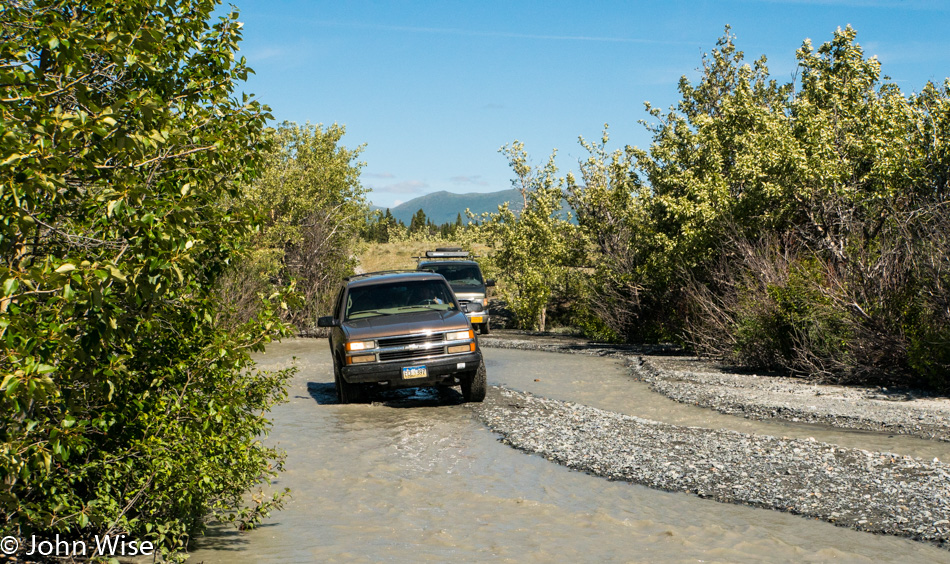
Before getting to this curve in the road, the lot of us who were embarking on this 12-day journey down the Alsek River woke early this morning and were ready to go by 8:00 a.m. Electronic gear such as Fitbits, phones, and computers was left behind and would rejoin us once we landed in Juneau, Alaska in nearly two weeks. While we leave civilization behind, we are effectively dragging elements of luxury down the river with us: shelter, fire, food, great companionship, and toilets. We will also be treated to some of the best water, most beautiful scenery, and adventure found on a grand scale. Before we could get to all of that, though, we had to move through two border stations for the American and Canadian governments and then a lunch stop at the Kluane National Park and Preserve Visitor Center in Haines Junction, Yukon, Canada. Off the road, a few miles from the visitors center, we drive as far as our large van can travel due to the depth of Bear Creek (seen above) and then have to transfer to our high-profile all-terrain vehicle that’s able to pass through and start ferrying our gear to Serpentine Creek where the rafts have been being set up for the past couple of hours.
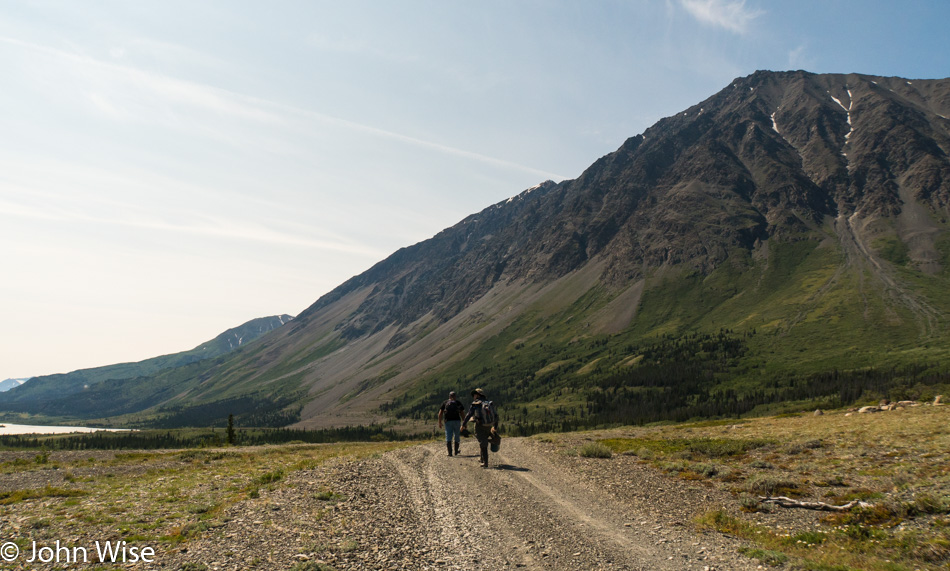
We have two options: wait with the van for the return of the SUV or start walking. We chose walking. The Alsek Valley Trail will take us to Serpentine Creek, but it’s an 8km trek or about 5 miles. We couldn’t have asked for better weather on our put-in day; it’s so warm it could almost be called hot out here. While Caroline and I had nice weather in the Alaskan interior, the same couldn’t be said for the days preceding our departure out this side of the country. So, with the need to break out the sunblock and slather it on now done, we get our hiking boots on and start walking.
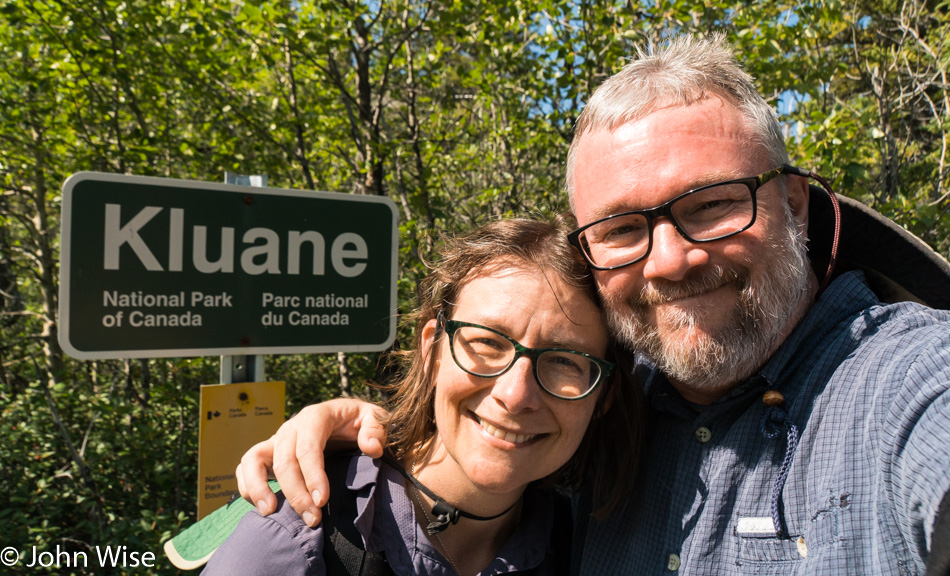
It was a wise choice deciding to walk because there was no way we would have convinced the group to stop at this Kluane National Park sign so we could indulge ourselves with a selfie. You might notice this ragged blue shirt I’m wearing. This shirt was worn down the Colorado River through the Grand Canyon, on the Yampa from Colorado to Utah, and on a previous trip down the Alsek five years ago. On our way down the trail, we are aware that we are walking through land that bears call home, so we stay alert and try to make enough noise to frighten bears into going the opposite direction.
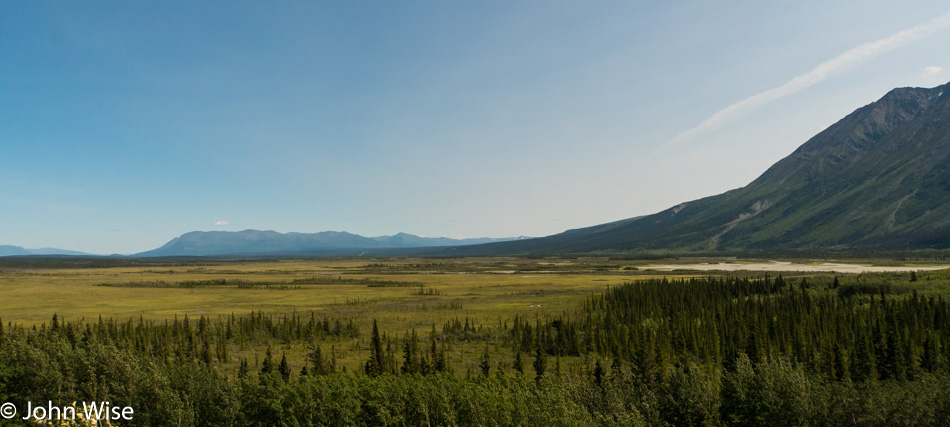
By this time, we’d probably been walking about an hour to ninety minutes or about three miles. Initially, when we left the van, there was a slight unease that we wouldn’t be at the put-in shortly and that, somehow, our journey was supposed to start where our rafts were. After spending this part of the day walking through the Alsek Valley it became apparent that our journey got underway at Bear Creek. From this vantage point, I was thrilled that we were able to soak in the environment and let it sear itself into our memories.
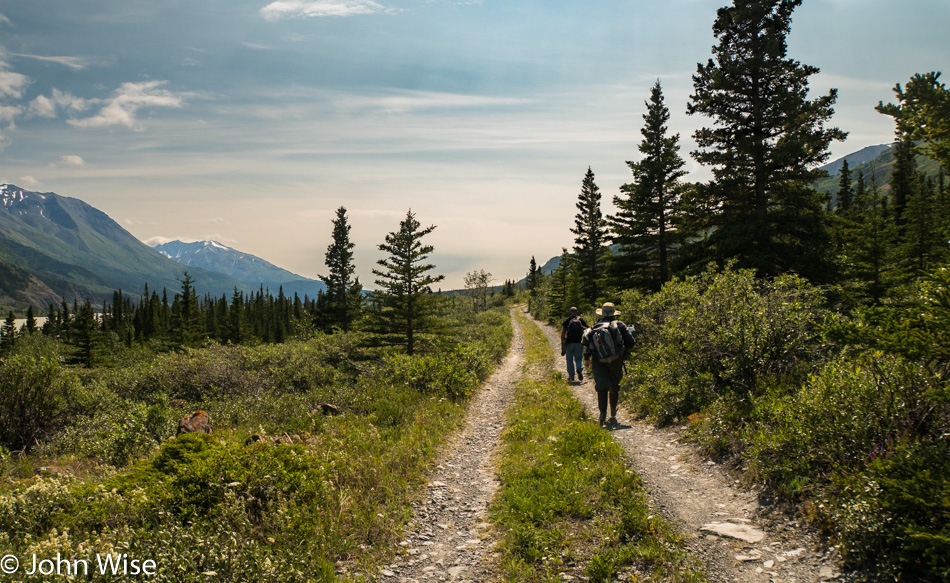
Caroline and I didn’t walk this trail alone; we had Don from the Midwest with us; he’s a retired railroad man. Behind us but out of our view or hearing range were Sarge, First Light Frank, and Willie. Beyond them, we weren’t sure if anyone else had chosen to walk. At some point, the SUV passed by us on the way to pick up more of our gear and some of our passengers; it was just hot enough that it started to sound appealing to get out of the incessant sun. We walked on.
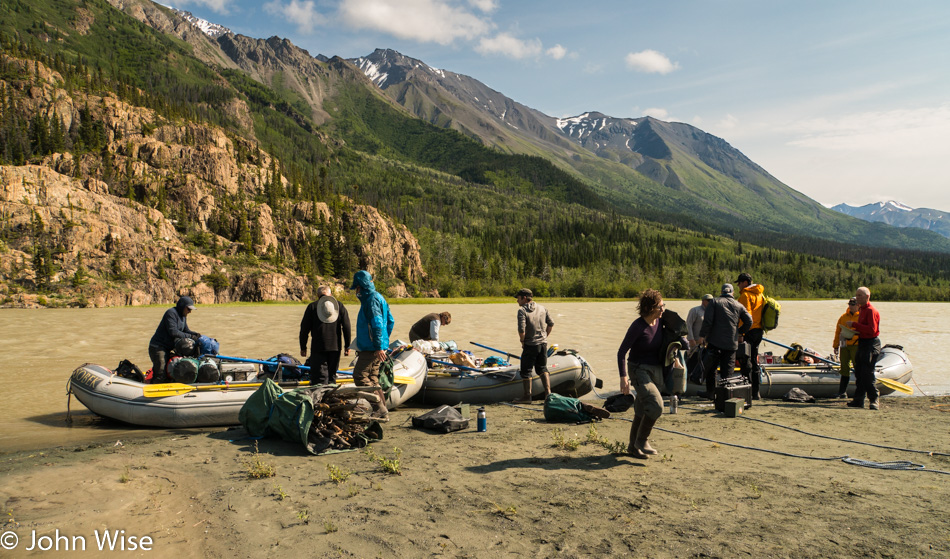
Just before reaching the end of Serpentine Creek and arriving at the rafts parked on the banks of the Dezadeash, the SUV passes us with hoots and hollers from those who opted to stay at the van for a ride out. Upon our arrival, we are told to jump into our river boots, grab a paddle, and get on board.
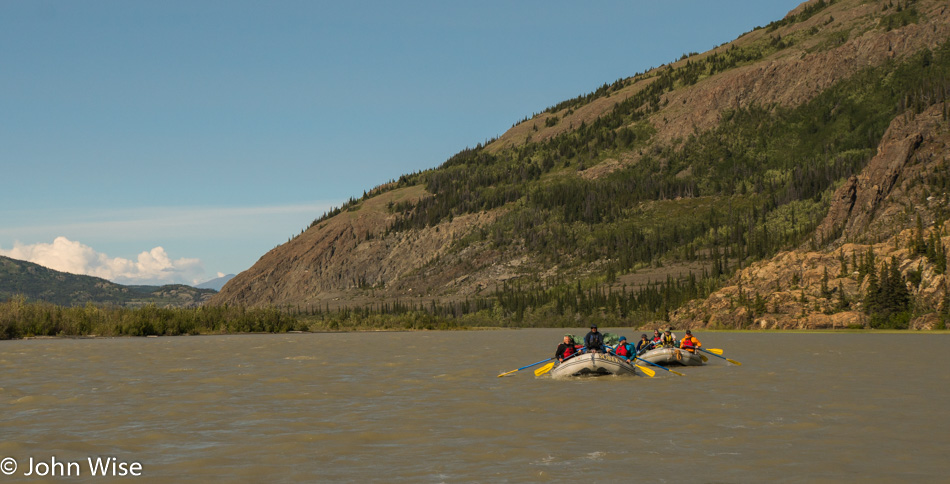
Not 10 minutes after getting to the put-in, we were on the water and rowing into the wind. Caroline joined Sarge and First Light on a raft with Pauly at the oars. I jump on Bruce’s raft along with Don, Willie, and Keith. The third raft is piloted by Thirsty, and his passengers are Echo, Jill, Stephen, and Doug.
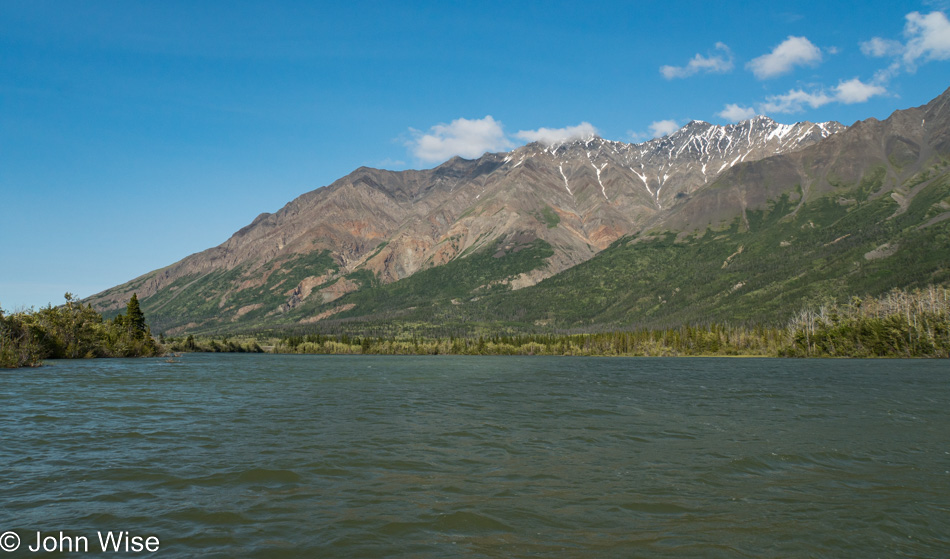
There will be no rapids on this leg of the trip, just a nice calm float away from the put-in, offering us a sense of moving deeper into the wilderness.
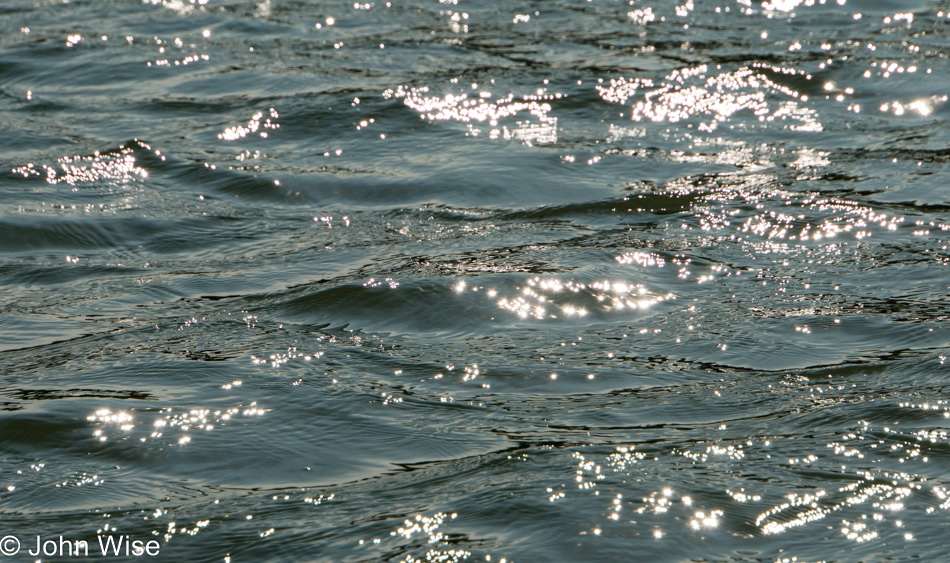
Our time out here is brief, a mere hour or so to travel the 4 miles to where we’d pull ashore to make camp. Everyone on this trip knows the routine, as no one among us is having their first wilderness rafting experience. Once the rafts are tied up, the fire line is formed, and bags, gear, kitchen, toilet, chairs, and everything else we’ll need for the night are moved into camp. While it may not look like it’s getting late, we are getting close to dinner time; you’ve got to remember that we’ll not have a true nighttime this far north in July.
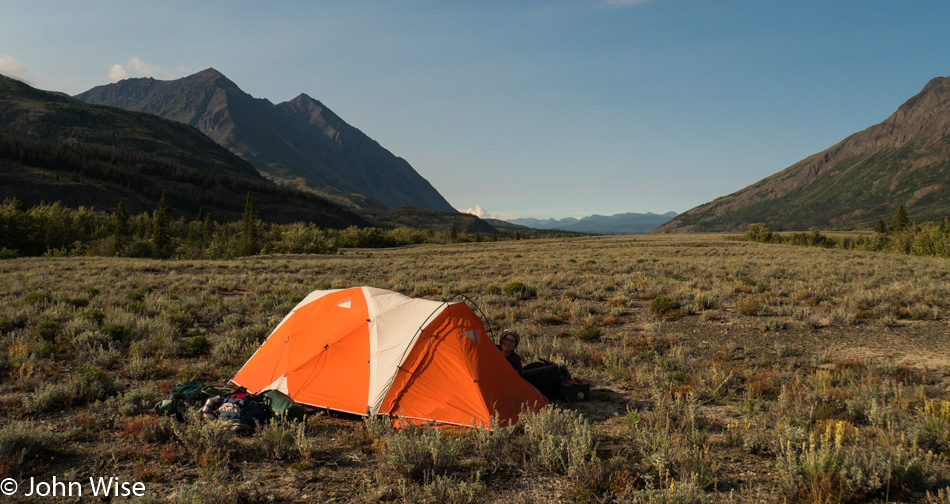
The setup of camp goes fast with the collective experience on hand. Echo gets busy prepping appetizers while Bruce goes shopping for dinner. For those who’d like to know, it is the job of the boatmen to prepare all of our meals. Meanwhile, those who will be indulging in a drink open a bottle of gin, and the bar is officially open for business. Interestingly, these cold-weather trips tend to lean towards hard alcohol, whereas hot desert trips seem to favor beer – and lots of it. Beef stroganoff, green bean almondine, and a fresh salad are on the night’s menu, served with a healthy portion of wind.
Typical of the first night out, the conversation is light, and sleep comes early; this trip starts with the same routine.
On our rocky patch of earth, our sleeping pads offer enough of a soft layer to make things comfy. The flapping tent in the strong wind suggests it might be tough to fall asleep out here with all the noise, but in minutes, we were out.